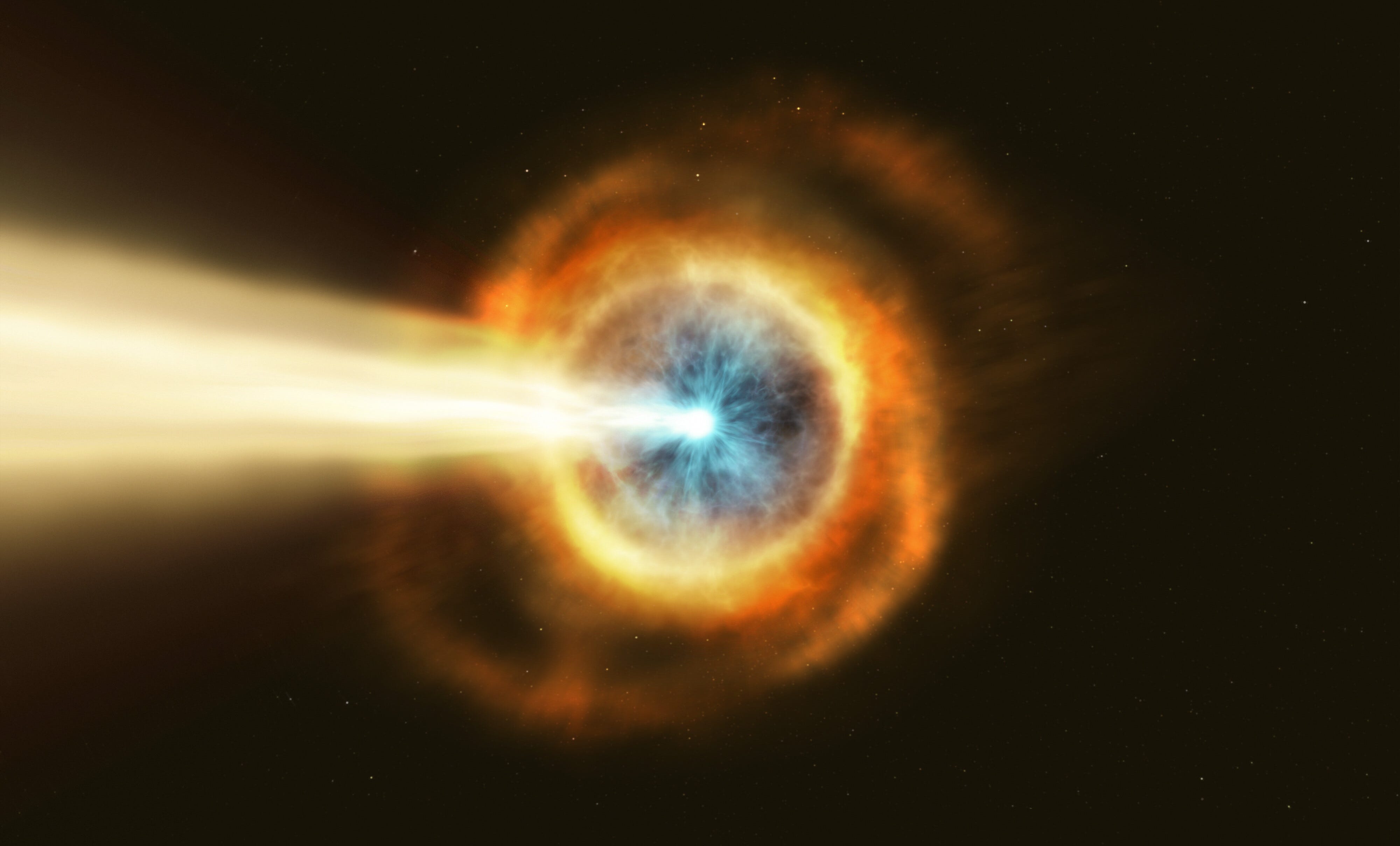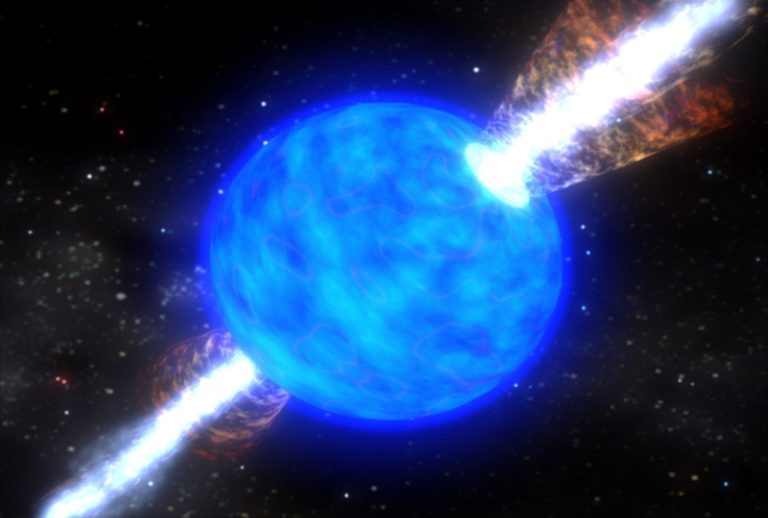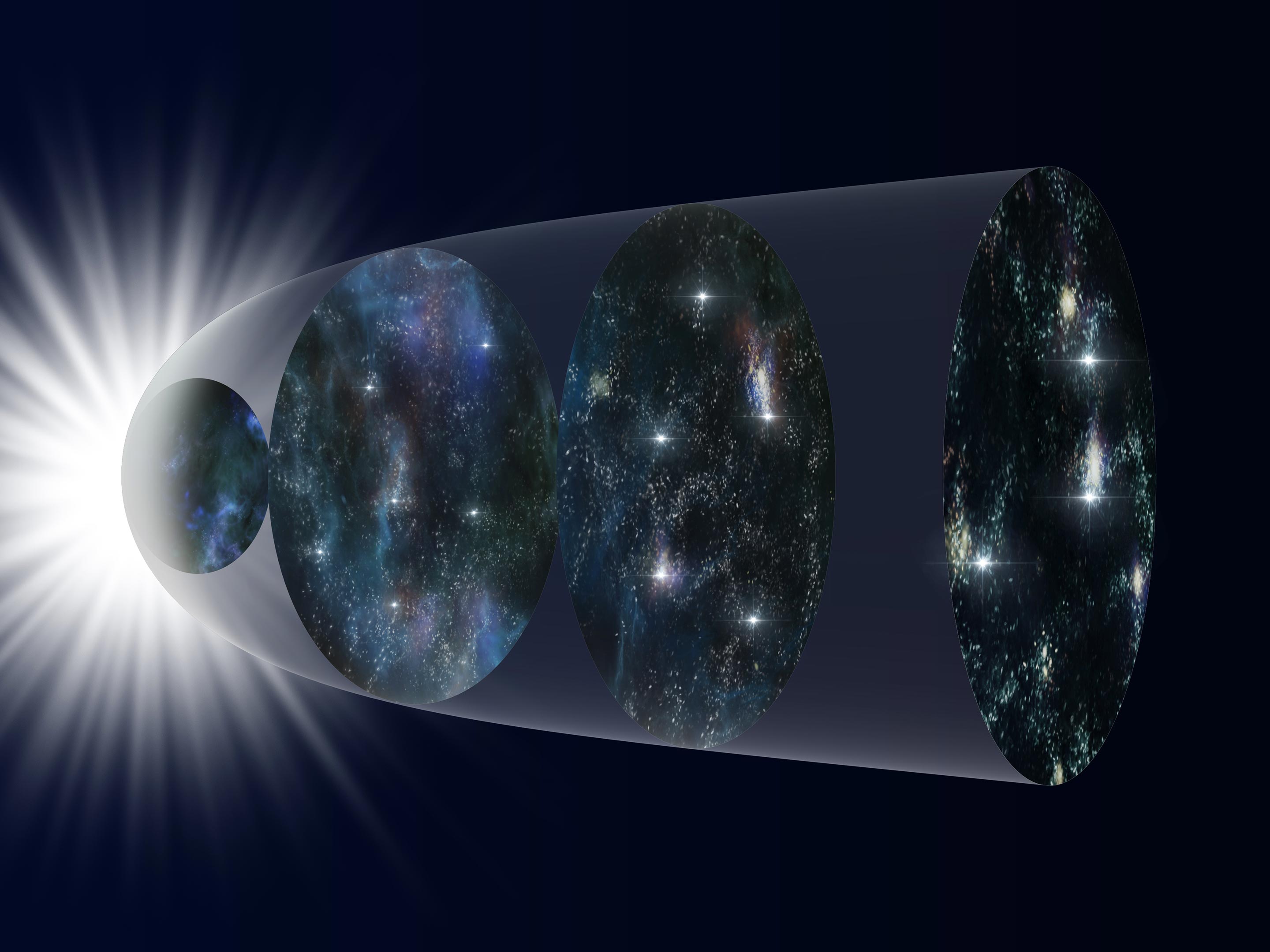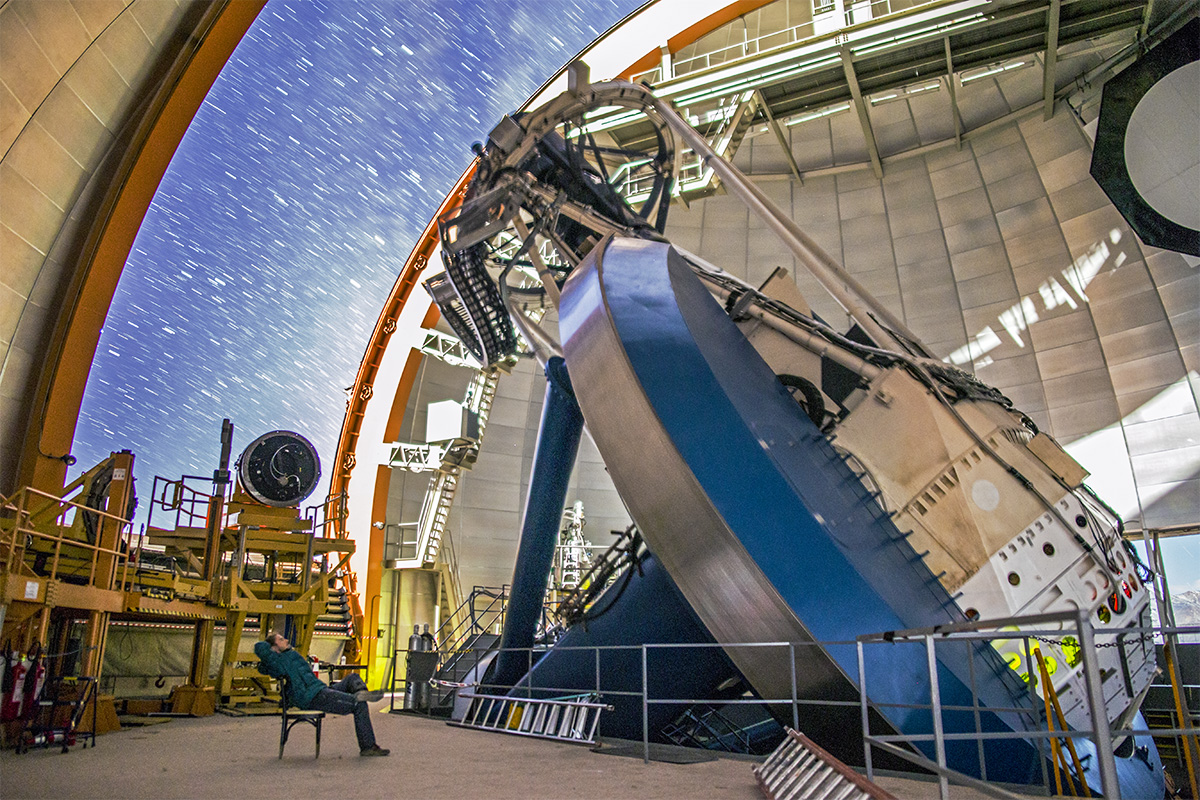The Immense Power of Gravitational Memory and Its Potential Insights
When we think about the universe, we often consider vast distances, colossal cosmic events, and an ever-expansive timeline reaching back billions of years. One of the most fascinating phenomena is that space itself can “remember” certain events, a concept known as gravitational memory. This not only excites physicists like myself, but also opens new avenues of our understanding, particularly with the detection of gravitational waves and how these waves leave indelible marks on spacetime. This concept aligns well with what I’ve long believed: technology and science, when carefully wielded, have the power to reveal surprising and subtle wonders of our universe.
Gravitational Waves: More than Just Ripples
Gravitational waves are perturbations in the fabric of spacetime, predicted by Einstein’s theory of general relativity. When massive objects—such as black holes or neutron stars—accelerate, they send out ripples in spacetime. These waves distort distances along and perpendicular to their path as they pass through the universe. Today, with the groundbreaking work of observatories like LIGO and VIRGO, we’ve been able to detect these gravitational waves, especially those that are the result of black hole mergers or neutron star collisions.
However, the gravitational waves we’ve observed so far are simply “ripples.” They pass through spacetime without permanently altering it. Once the wave passes, spacetime “snaps back” to its original form—a concept we are familiar with in elastic physics. Similar to how a boat on a choppy lake bobs up and down with water ripples but returns to its starting position once calm sets in, gravitational waves do not leave lasting imprints.
But not all gravitational waves are created equal; there’s a deeper layer to this cosmic ballet. Enter the notion of gravitational memory, where instead of spacetime recovering its original form, it retains some “memory” or lasting impact of the event. This gravitational memory effect could teach us a great deal about recurring phenomena in the universe and even provide new insights into unexplained mysteries, like dark matter.
What Is Gravitational Memory and How Does It Work?
In simple terms, gravitational memory refers to the residual effects left on spacetime by a massive event, such as the merging of two black holes. Imagine a ring of stars affected by the passage of a gravitational wave. Initially, the stars oscillate together and apart, squishing and stretching under the gravitational influence. Normally, after the wave passes, the star positions would return to their original configuration. However, with gravitational memory, the stars may remain in a slightly altered configuration due to a residual wave effect, known as displacement memory.
There are different types of gravitational memory effects, such as:
- Displacement Memory: This involves a permanent shift in the position of stars or other celestial bodies, as explained earlier.
- Velocity-Kick Memory: Post-wave, objects may continue moving with an added “kick” velocity, comparable to how a tsunami drags water and boats along with it.
- Gravitational Spin Memory: A more subtle effect occurs when an event imparts angular momentum to matter, twisting it in the direction of the wave.
Interestingly, gravitational memory is predicted with a very strong foundation in the mathematics of general relativity, and modern computational models support its existence. But despite our advancements in detecting regular gravitational waves, memory effects remain elusive because they are far weaker and harder to detect. Current detectors, like LIGO, are not yet sensitive enough to capture these non-elastic waveforms.
How Can We Detect Gravitational Memory?
Future technologies, such as the upcoming Laser Interferometer Space Antenna (LISA), will play a pivotal role in detecting gravitational memory. Led by the European Space Agency, LISA is scheduled to launch in 2035 and will comprise three satellites arranged in a triangular setup, each separated by an astonishing distance of 2.5 million kilometers. This vast array in space will allow it to detect low-frequency gravitational waves from events like supermassive black hole mergers—events much larger than what LIGO currently focuses on.
LISA will offer new precision in detecting the “displacement memory” effect. Simulations suggest that the difference in arm lengths in LISA’s detection setup may persist after the gravitational wave passes—a direct sign of gravitational memory. If one remembers our previous article on Sagittarius A* Image Analysis, we discussed at length how breakthroughs in AI and astronomy equip us with new perspectives. Much in the same way, LISA, combined with insights we can gather from memory effects, will serve as a new “lens” on cosmic events of the distant past.
<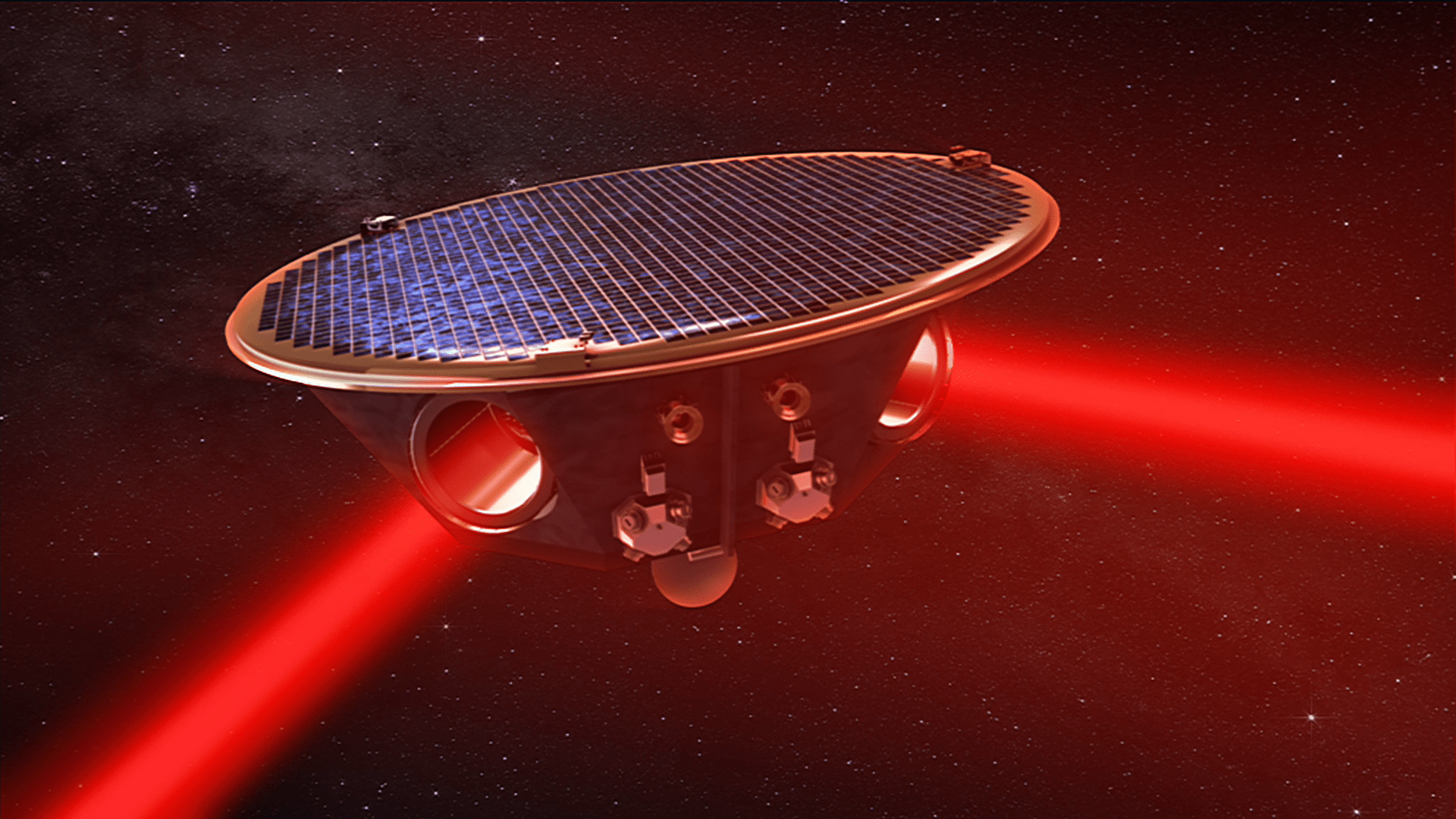 >
>
Potential Discoveries through Gravitational Memory
Gravitational memory is more than just another validation of Einstein’s theories. Although our ability to measure gravitational memory could be seen as a continued homage to the man whose name is inextricably linked to modern physics, the real excitement comes from exploring how we might uncover new phenomena:
- Refinement of General Relativity: Observing gravitational memory may reveal non-linear aspects of gravity that challenge current assumptions, offering new insights or even necessitating modifications to Einstein’s equations.
- Alternative Theories to Dark Matter: Some theorists speculate that the elusive “memory” imprints might be related to unexplained gravitational discrepancies that we currently attribute to dark matter. If these non-linear effects align with unexplained gravitational phenomena, dark matter might need to be reconsidered.
- Insight into the Early Universe: The detection of gravitational memory would also provide us with a way to study primordial gravitational waves from the early universe. This may even give us new clues about the Big Bang and cosmic inflation—the universe’s rapid expansion after its birth.
Clearly, the rewards of successfully detecting gravitational memory will be vast. Not only will we learn more about the nature of gravity itself, but we’ll also be able to trace these waves back to some of the most cataclysmic events the universe has ever witnessed.
<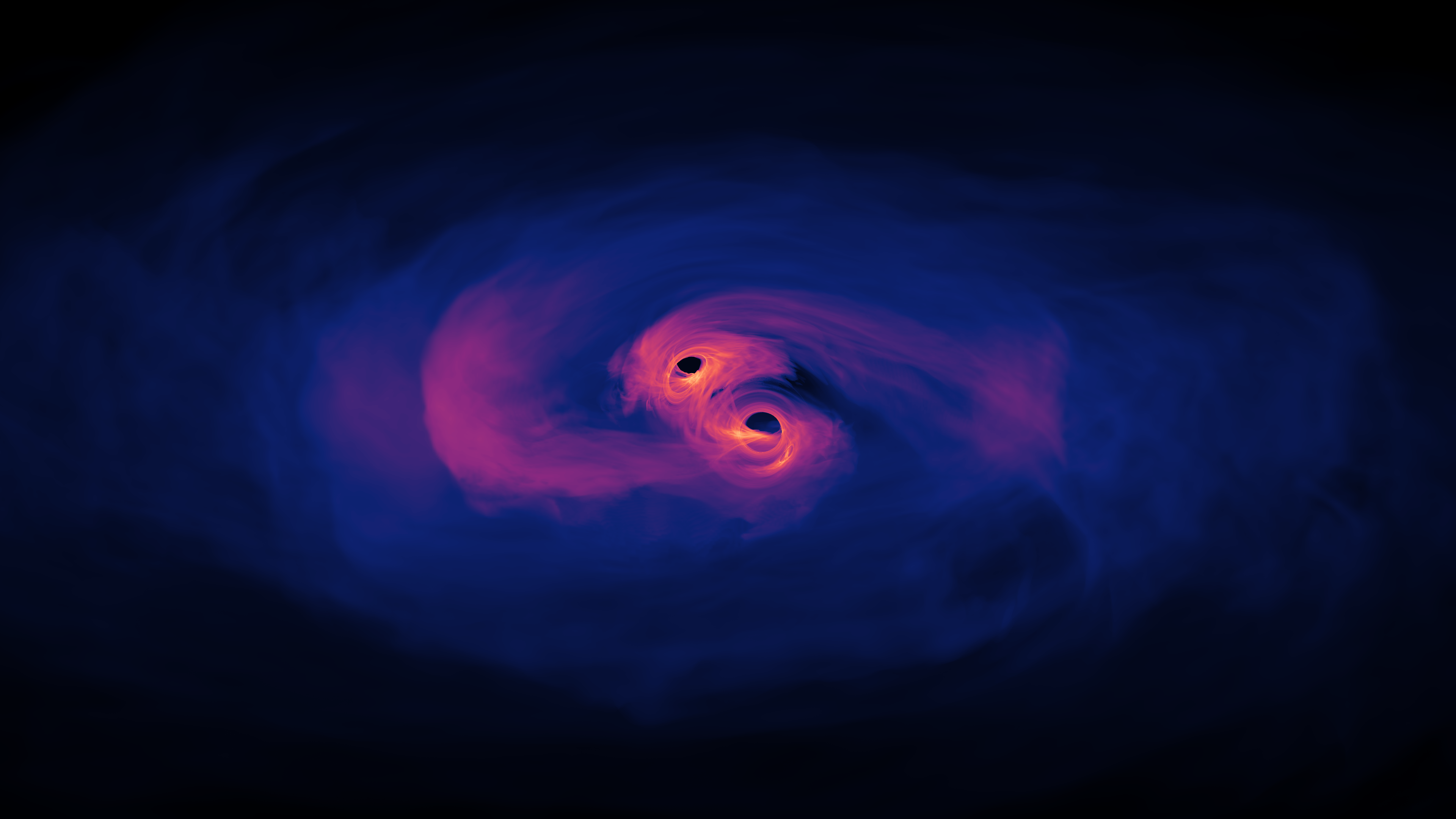 >
>
Conclusion: A New Frontier in Understanding Cosmic Events
While gravitational waves may still be a somewhat abstract concept to many, it’s essential to realize that these waves contain crucial information about the universe’s history. As we discussed in previous topics like our Mysteries of Vanishing Astronomical Objects, our understanding of the universe relies on unveiling what is sometimes invisible to the human eye but detectable through precision instruments and creative scientific inquiry.
Gravitational memory effects represent a new frontier. A permanent mark left on spacetime ensures that the universe not only *remembers* its past but also provides future discoverers like us with evidence of that past. LISA and instruments like it will allow us to explore these cosmic memories, deciphering the archive of the universe etched into spacetime forever.
<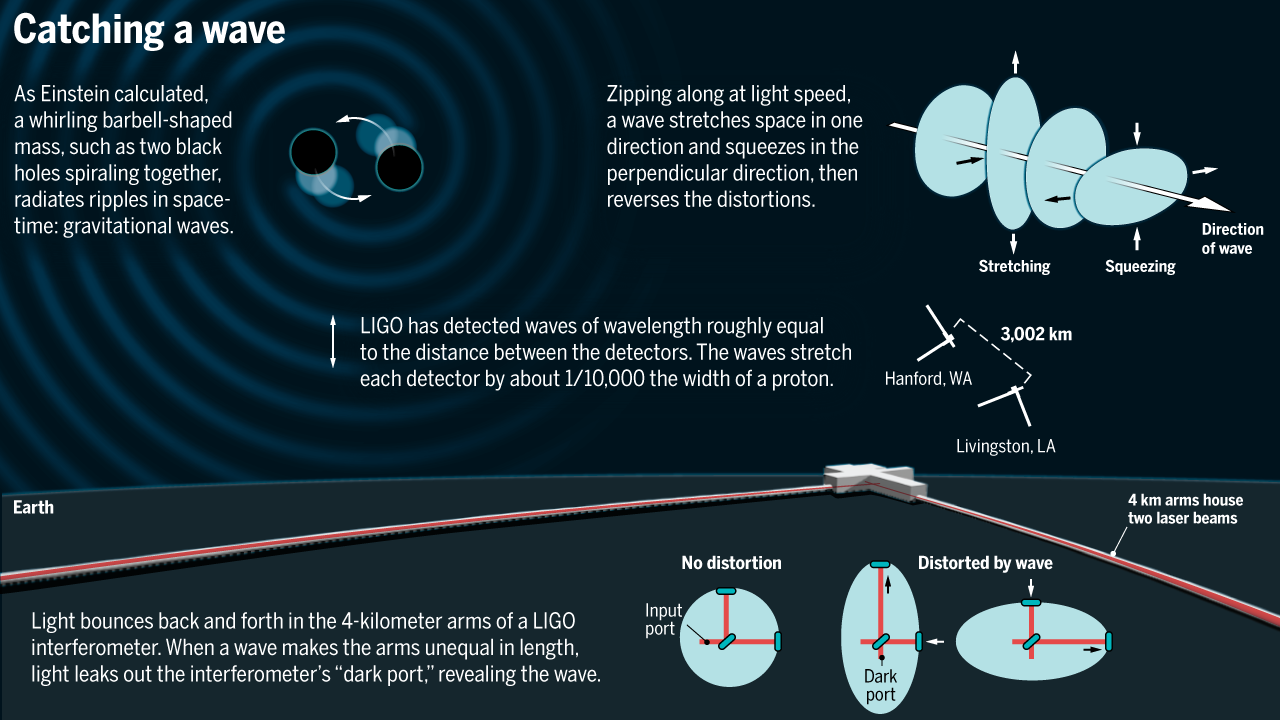 >
>
<
>
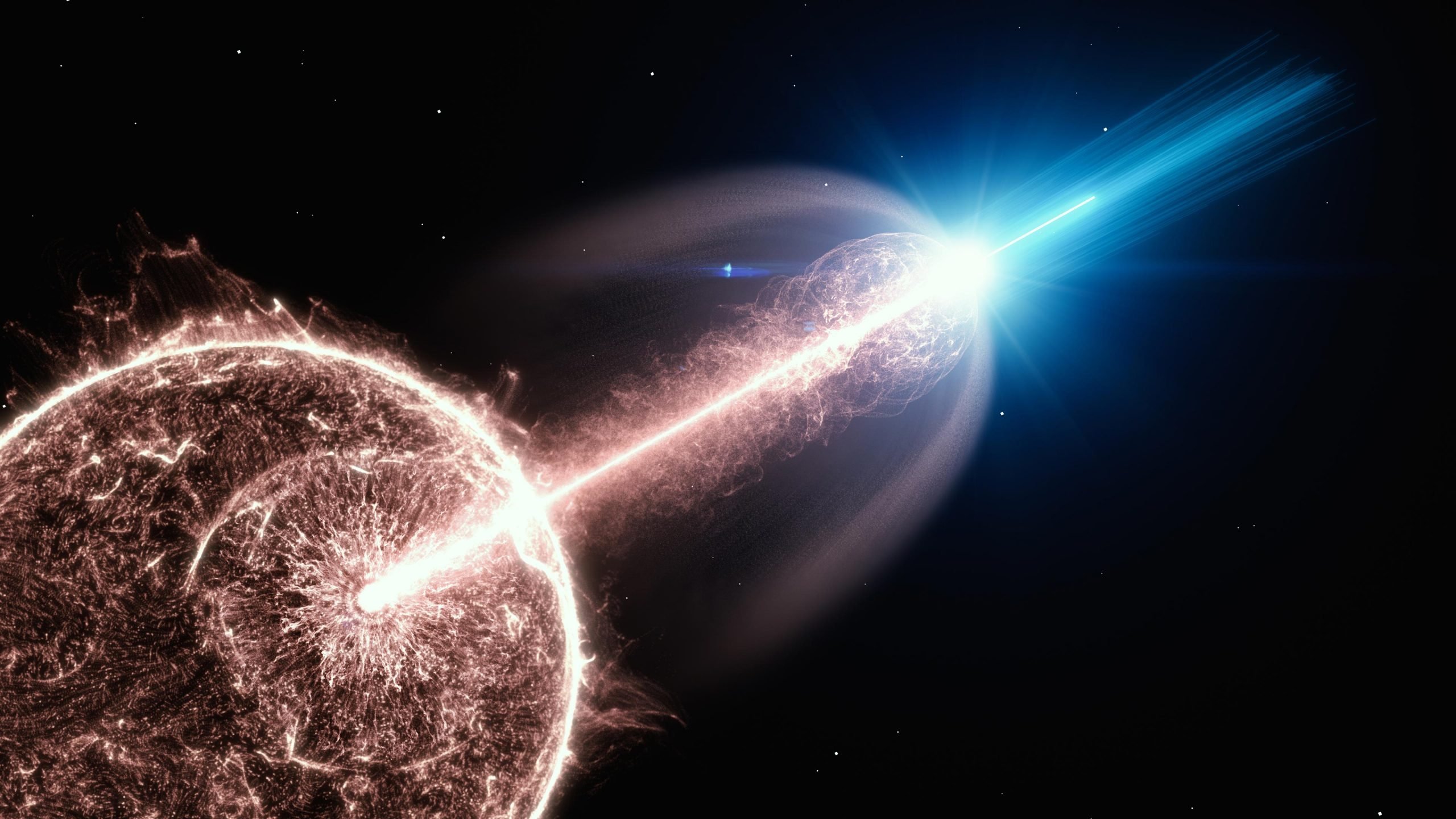 >
>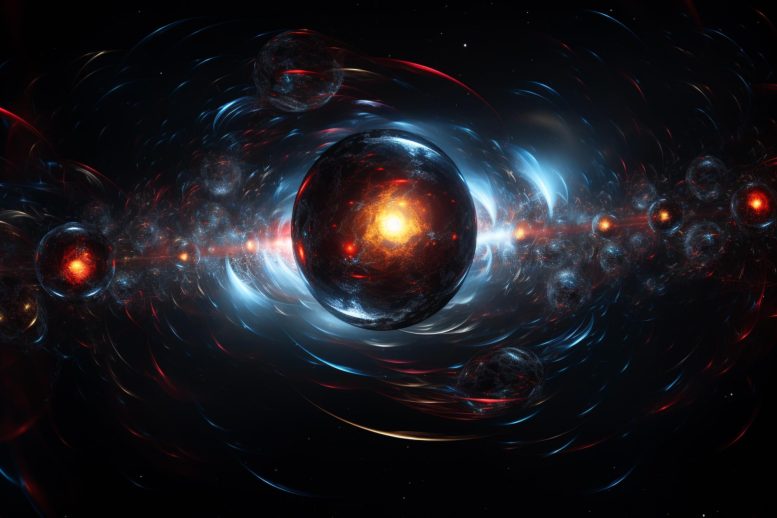 >
> >
>